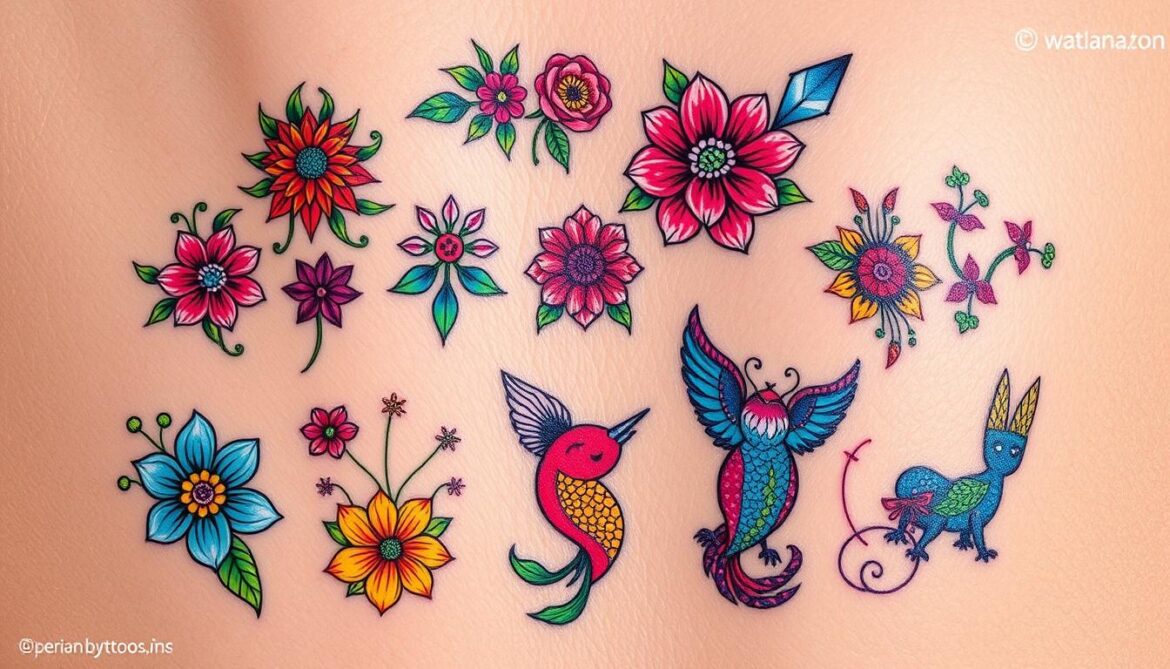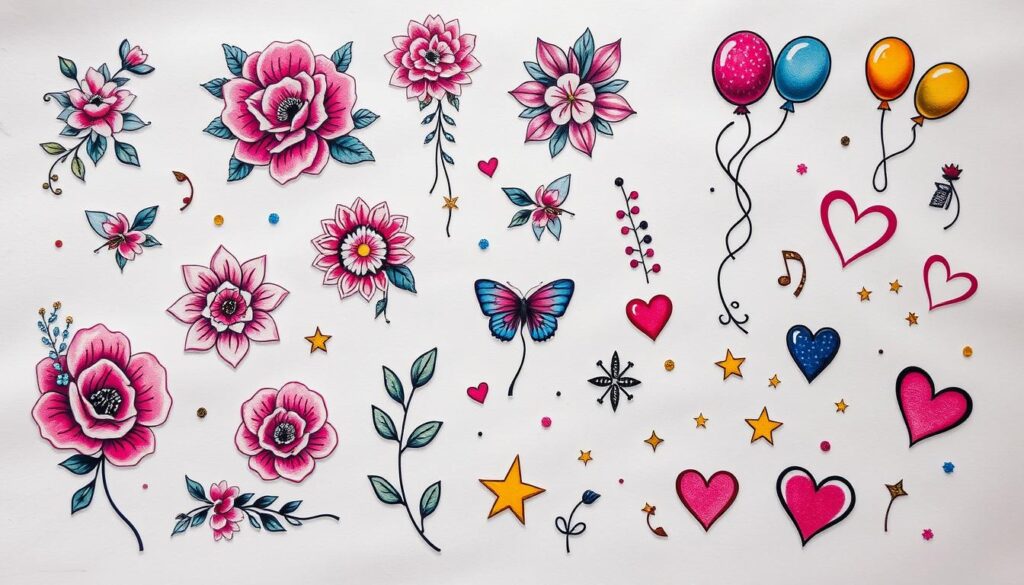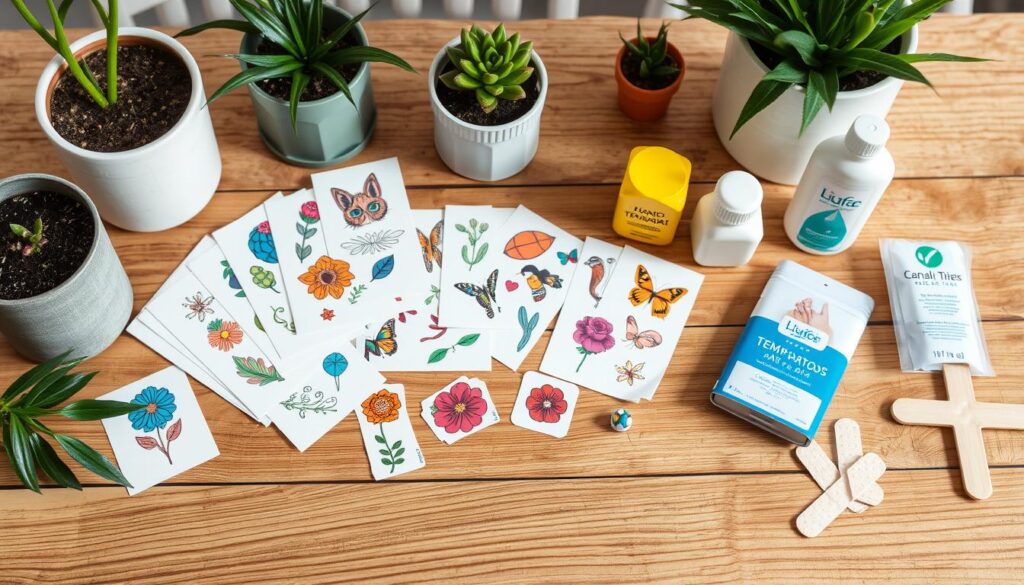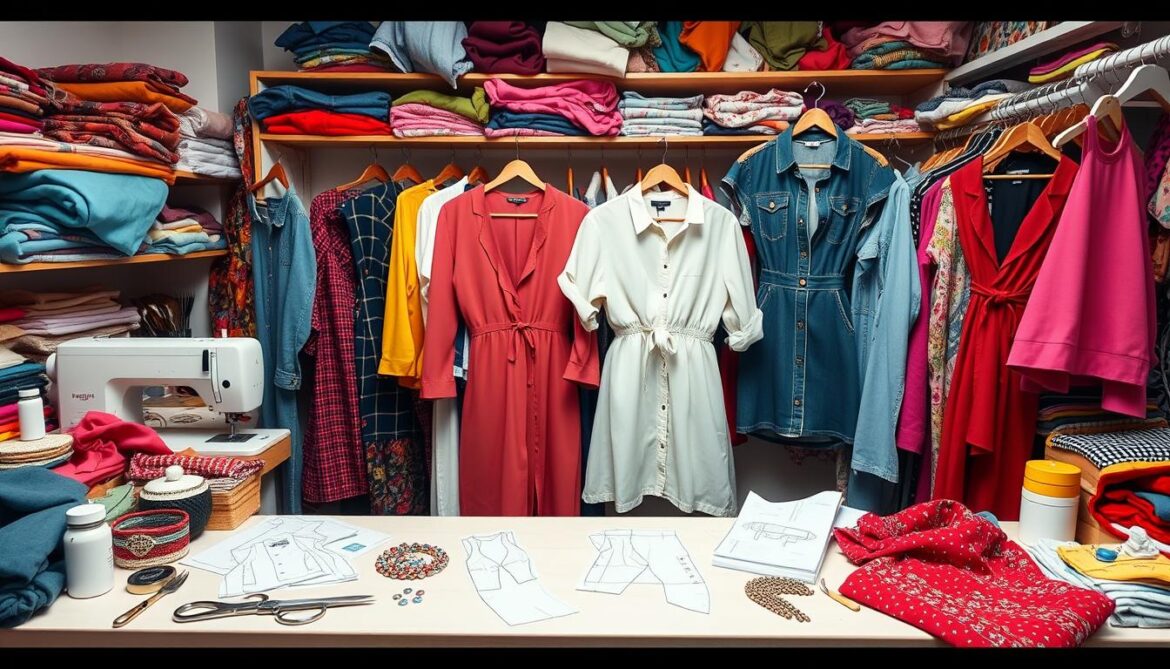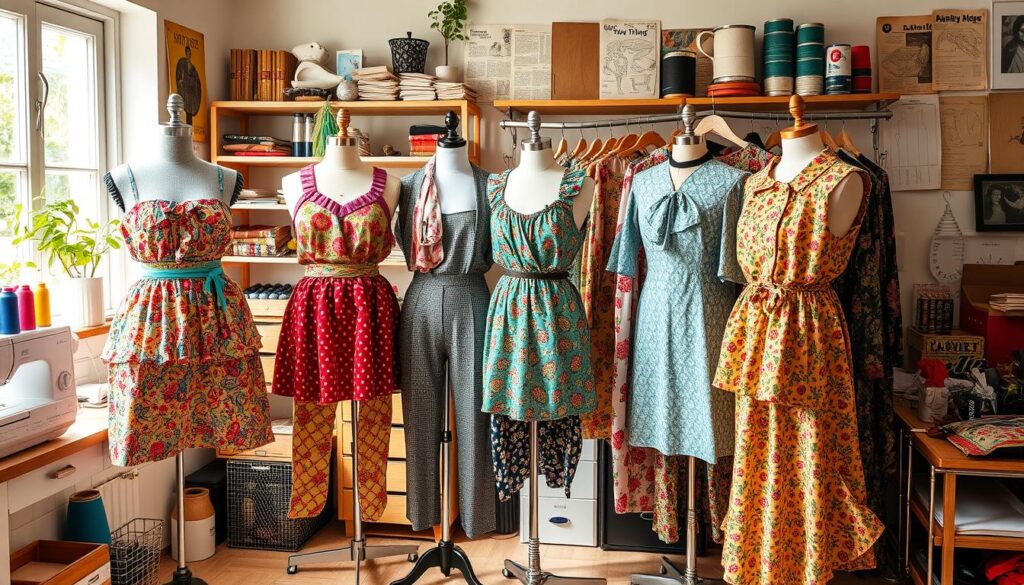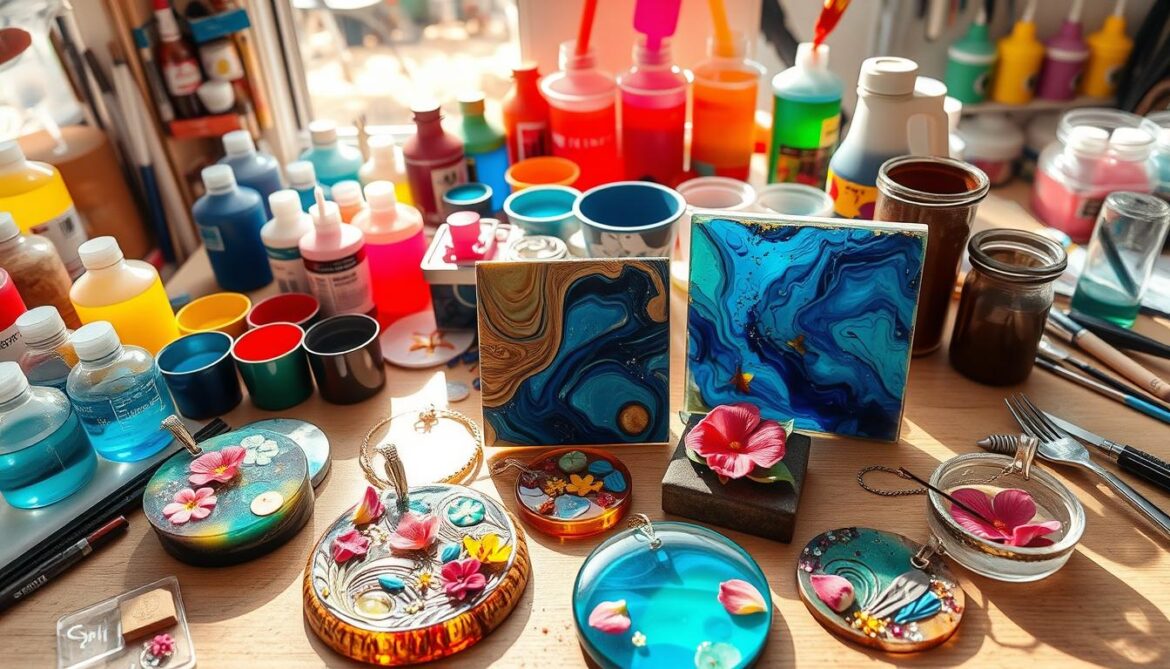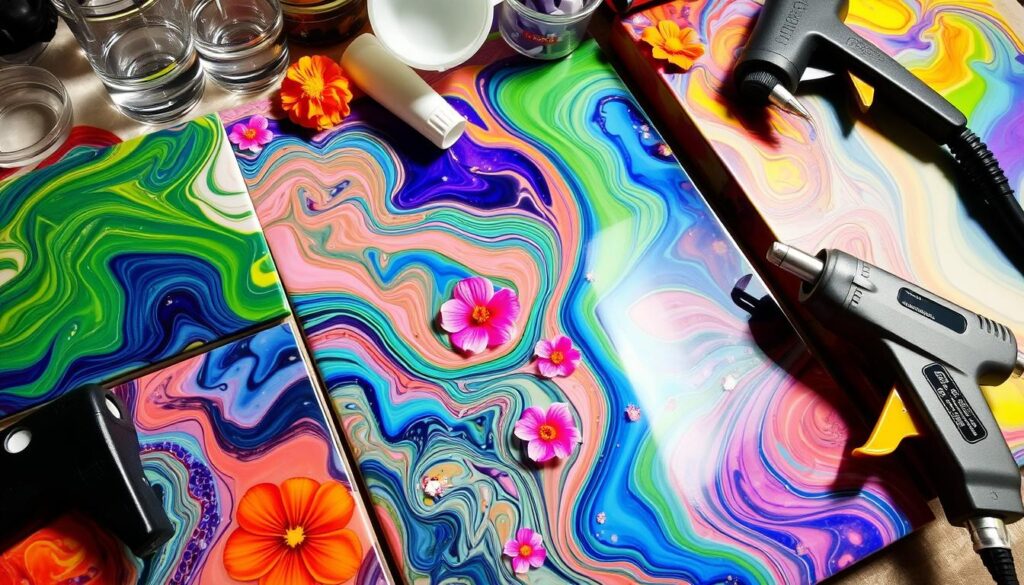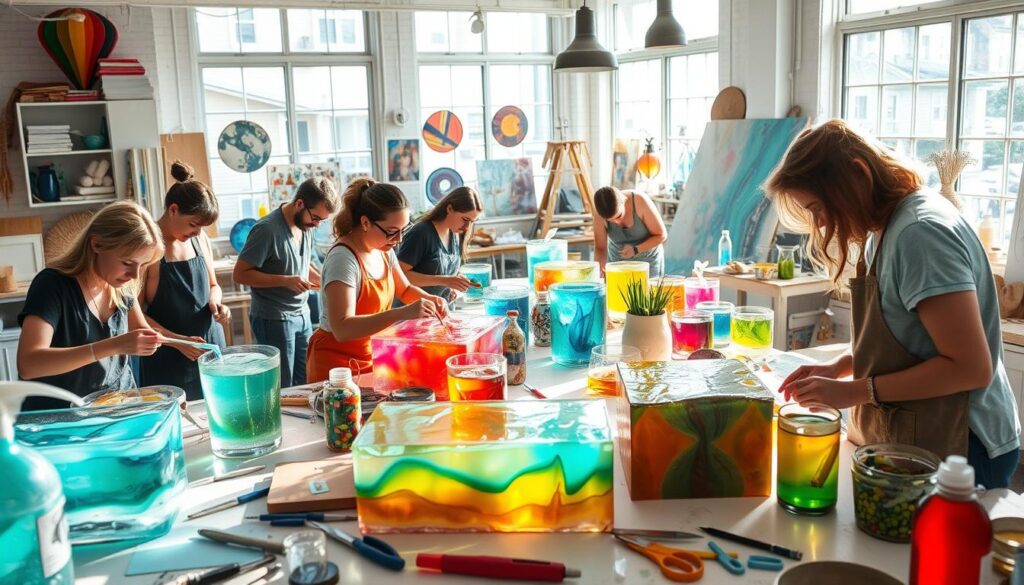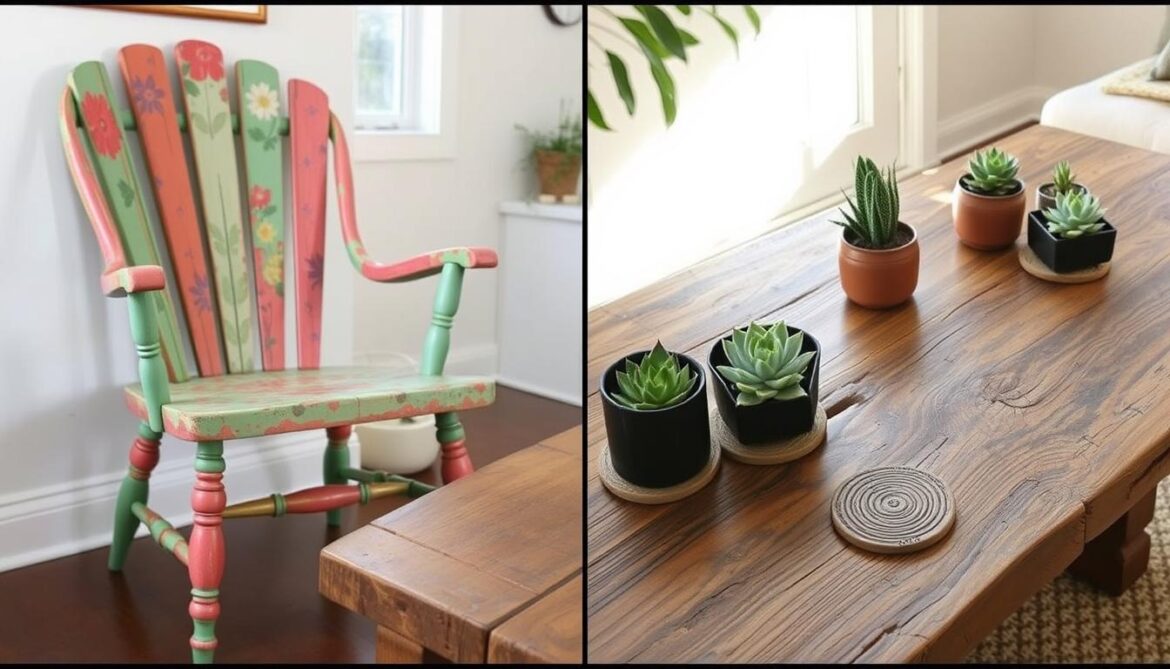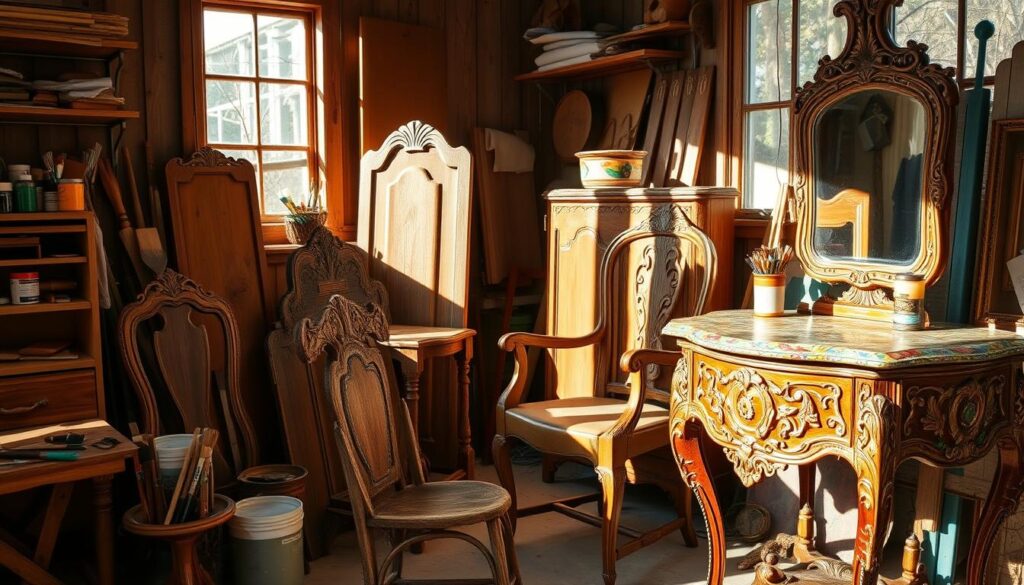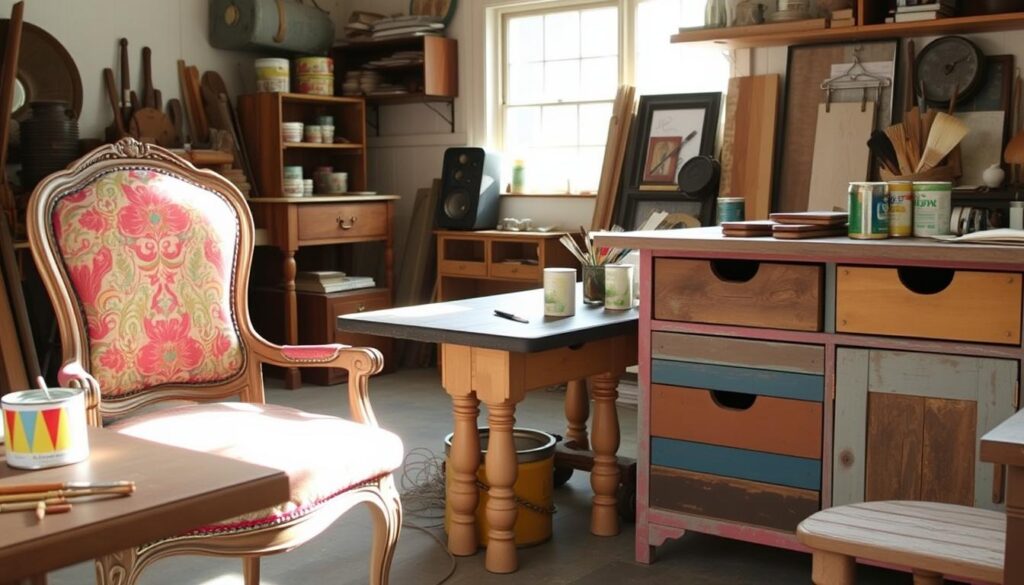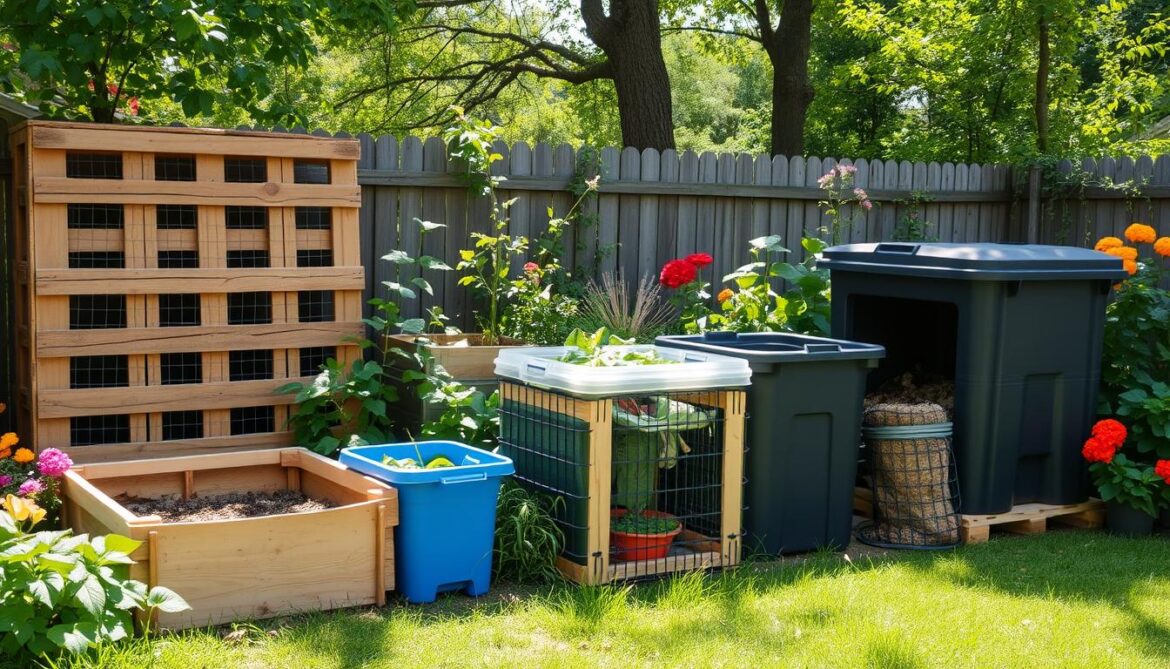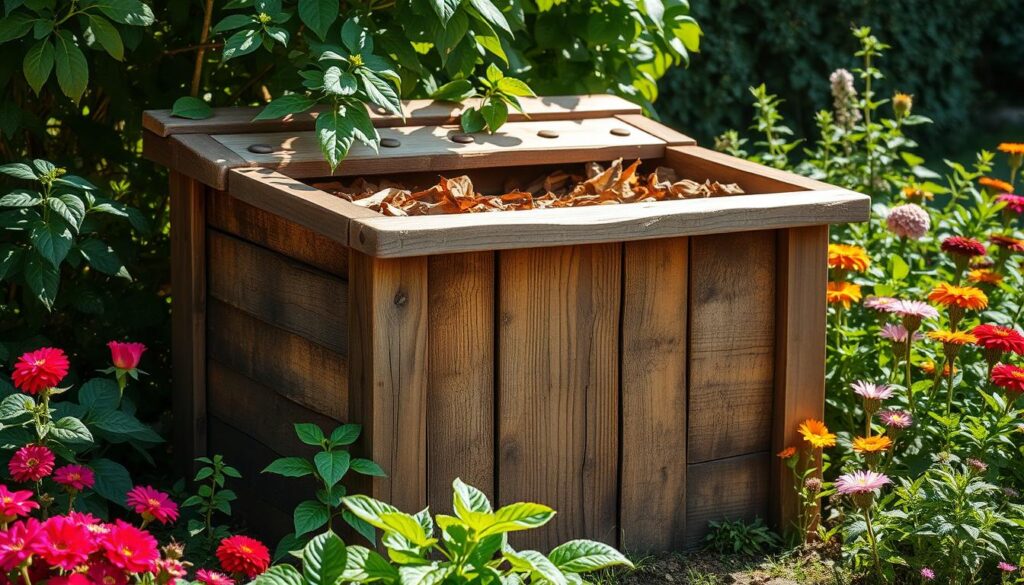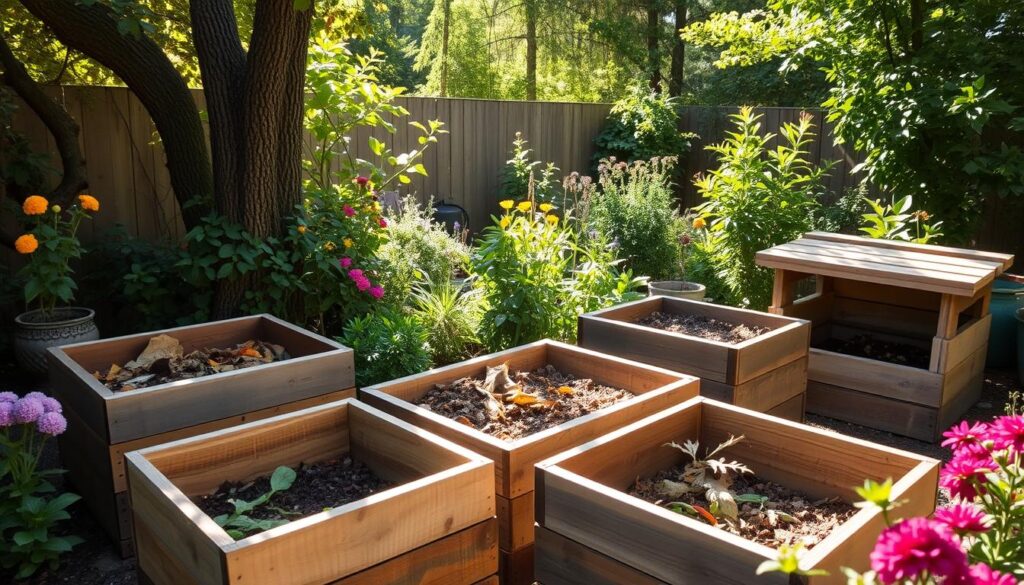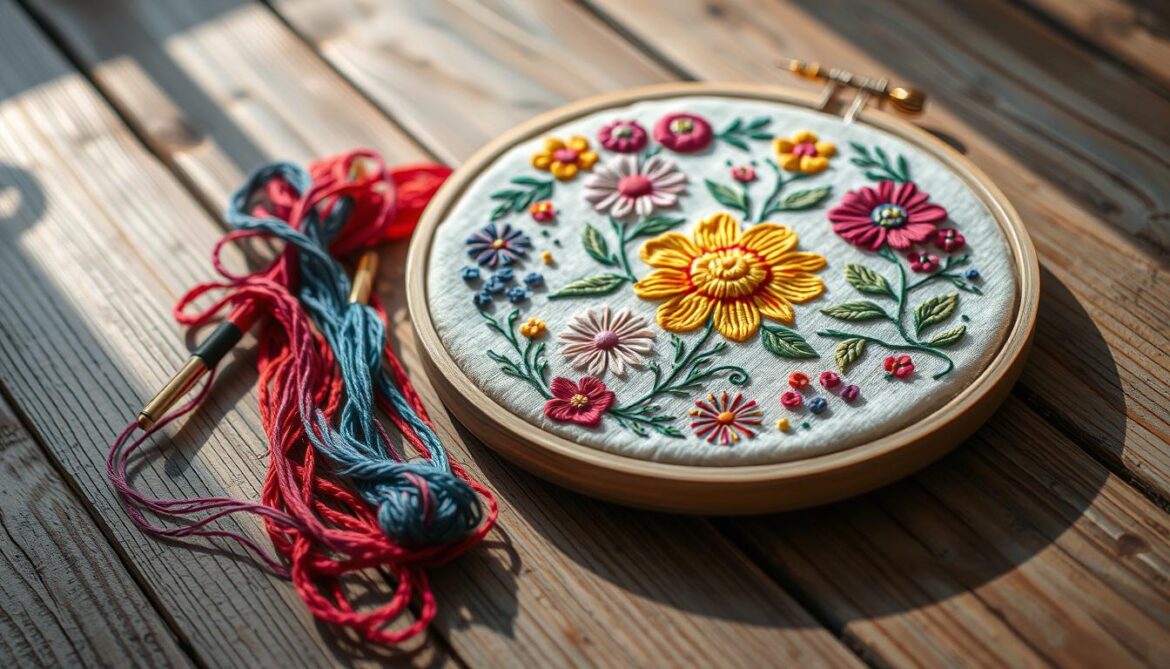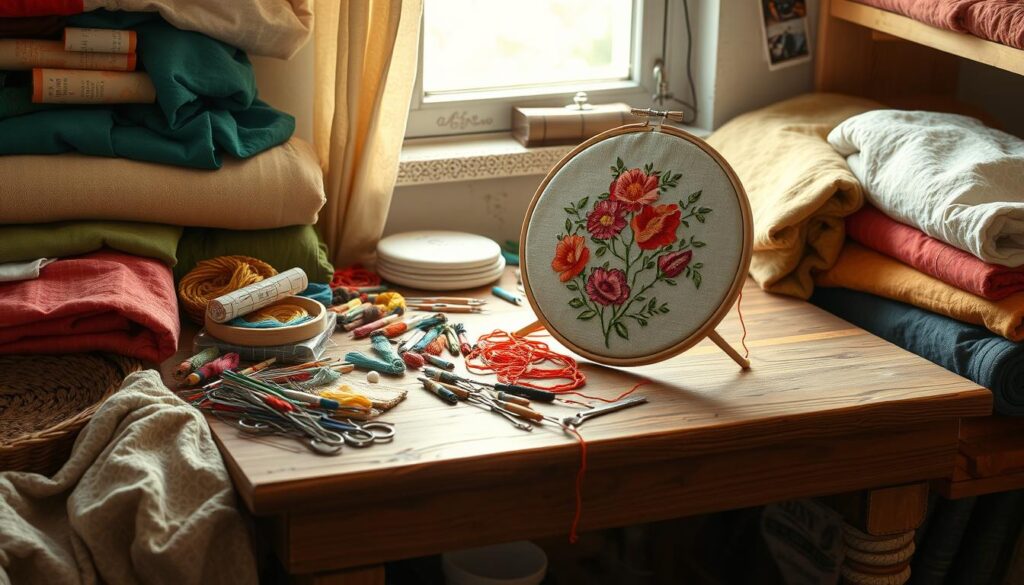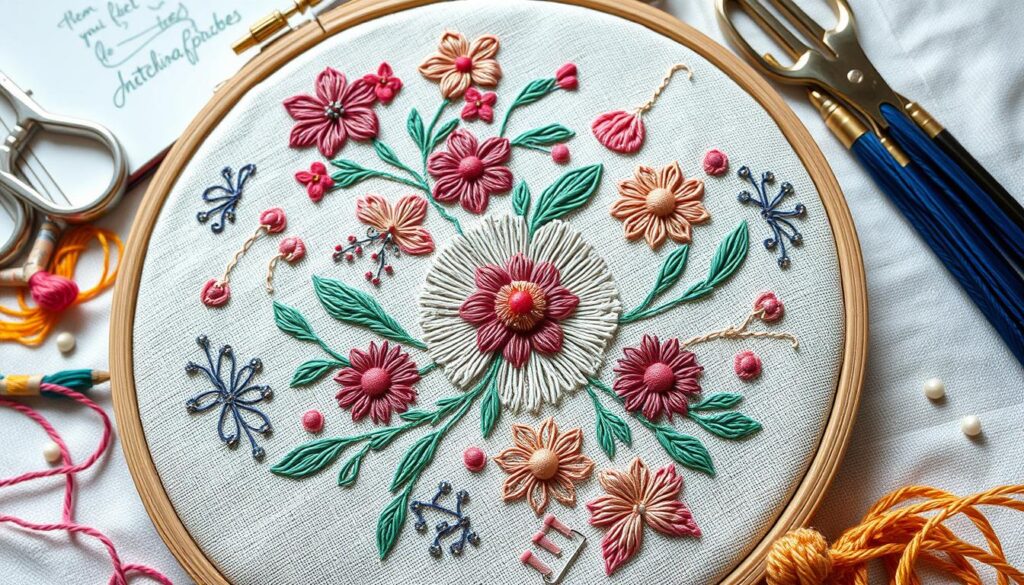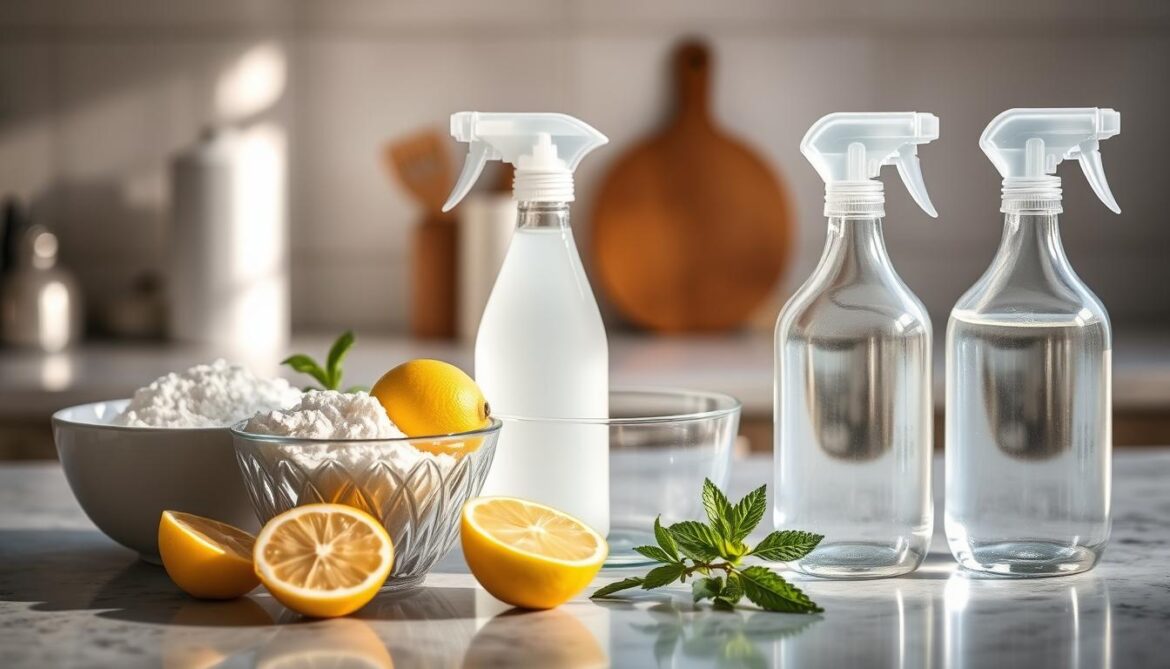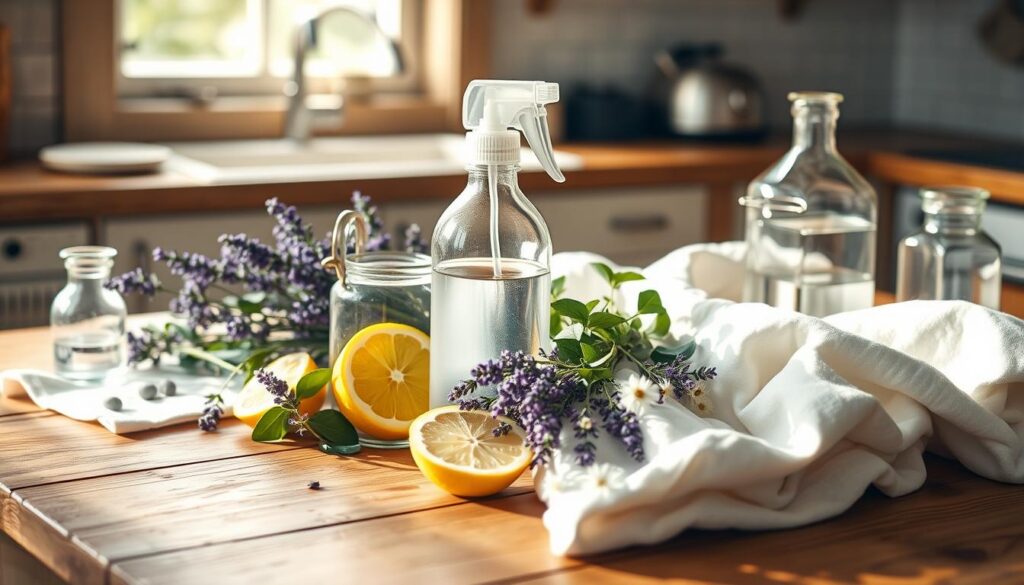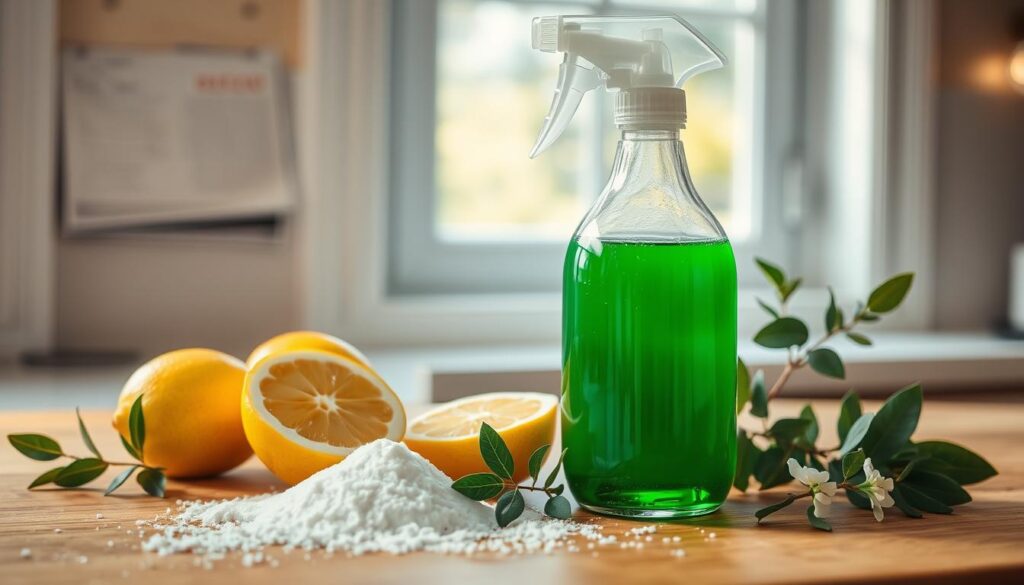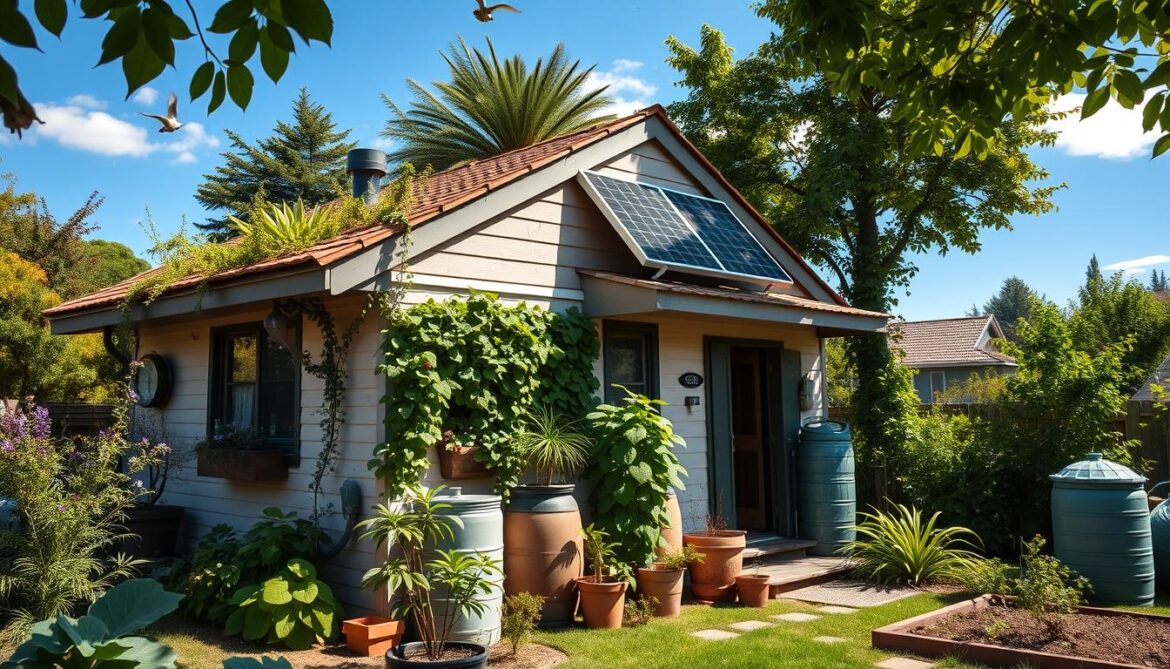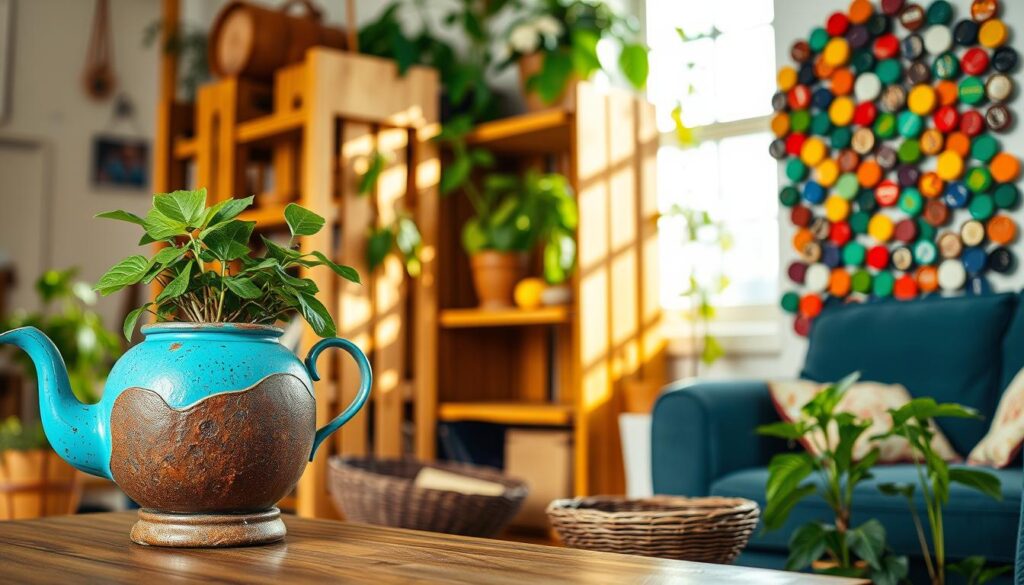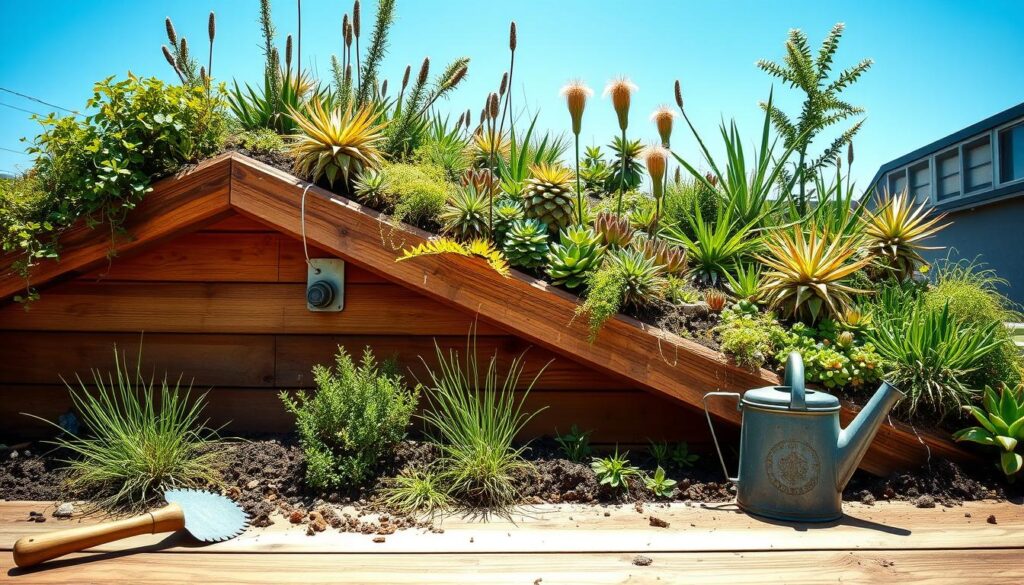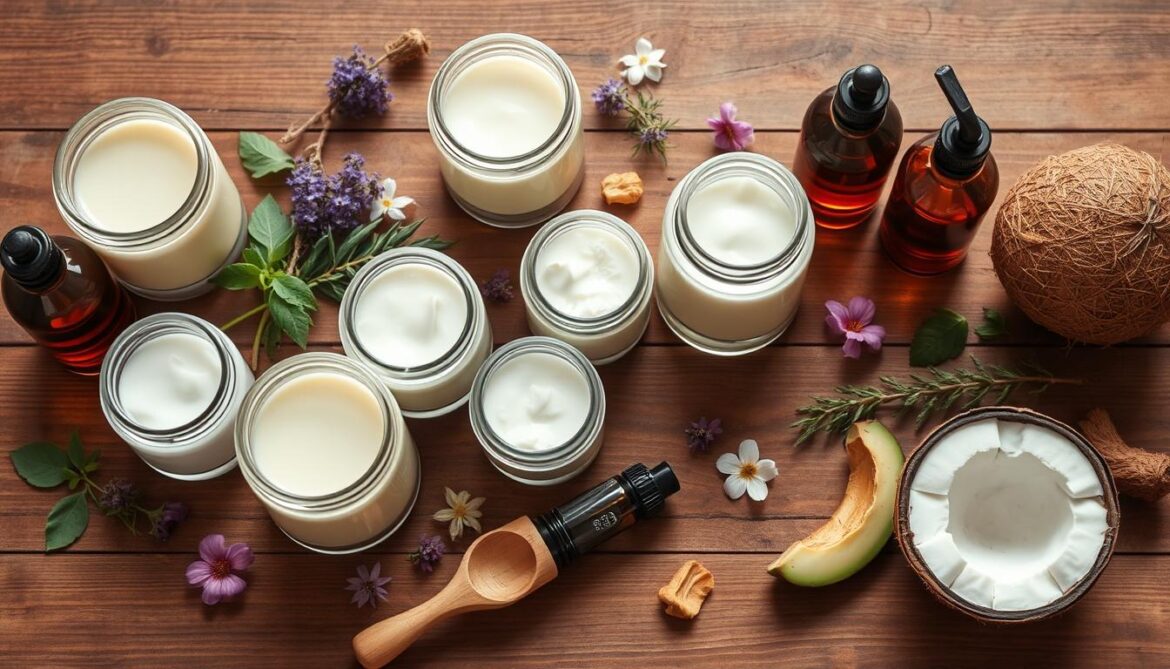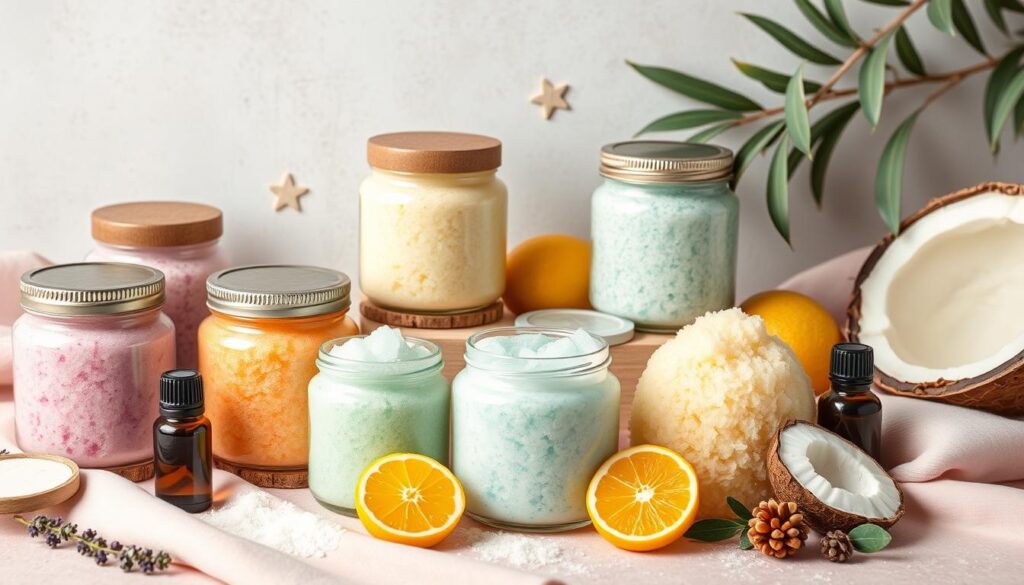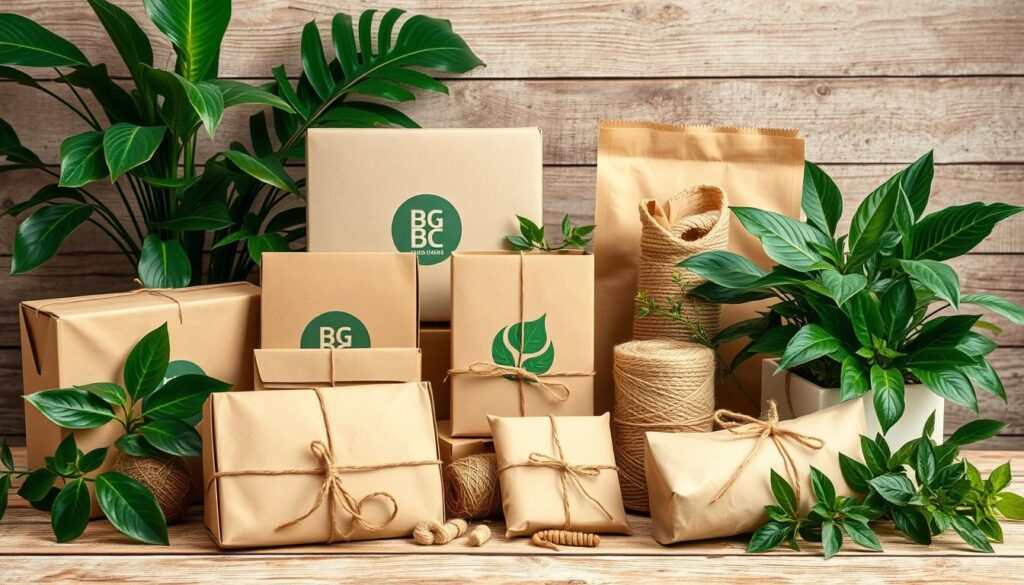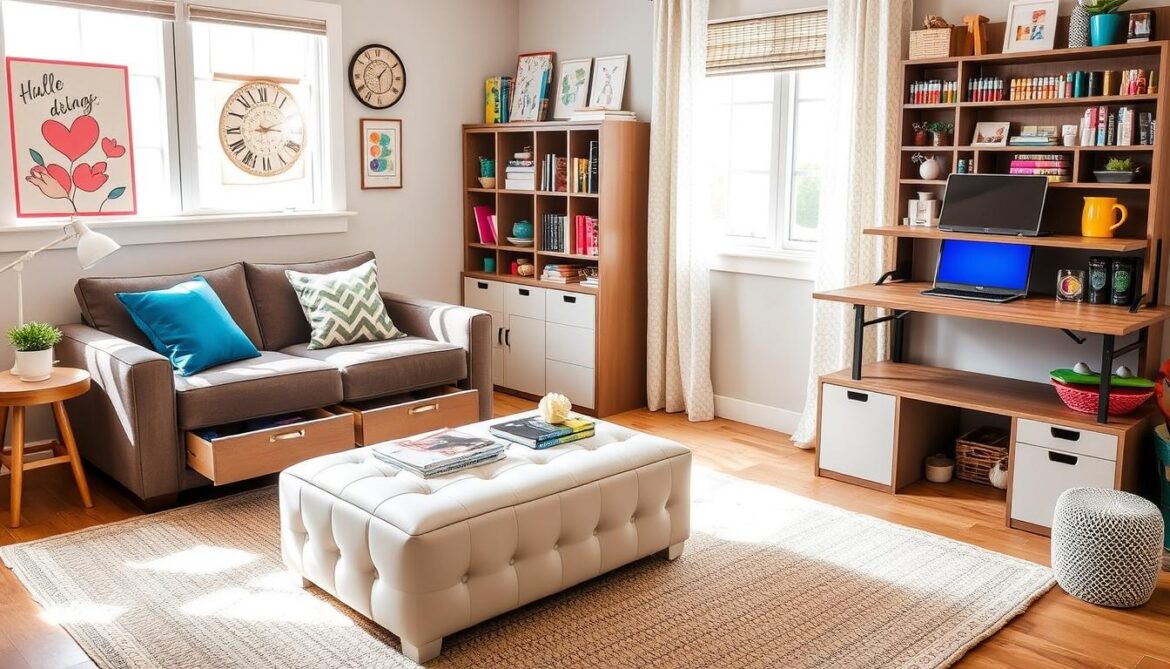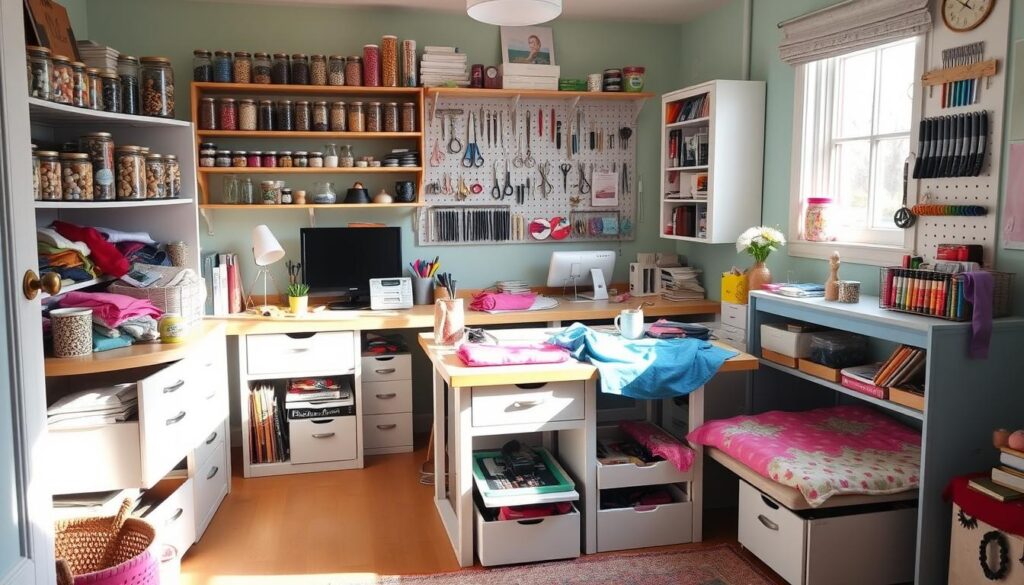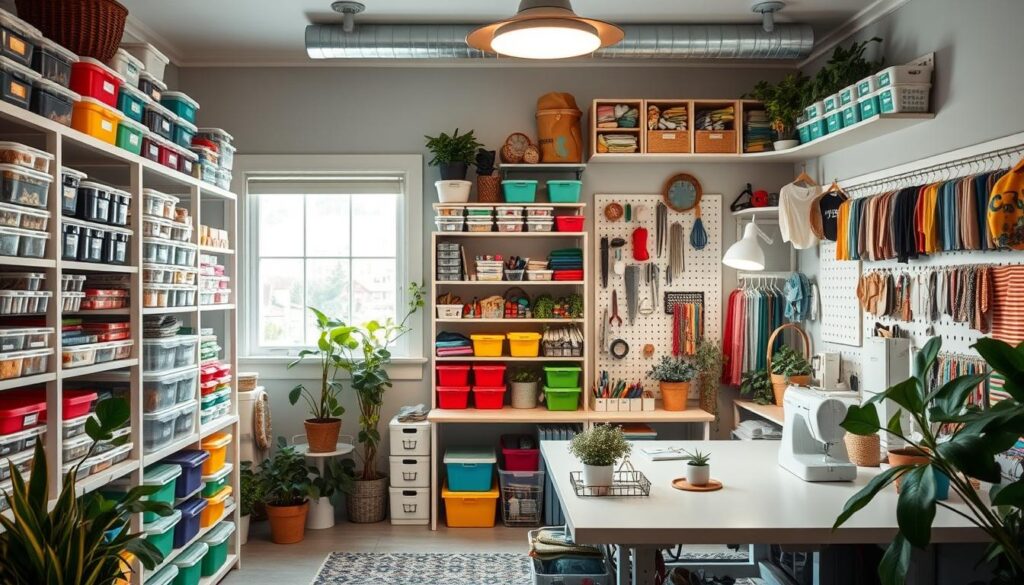Imagine a world where you can show off your style without permanent ink. Temporary tattoos have become a fun way to express yourself. They’re perfect for special events or just for fun.
These easy ideas let you try out different looks without much effort. You can go for whimsical designs or meaningful symbols. DIY temporary tattoos can make a big impact, showing that art can be short-lived yet powerful.
What Are Temporary Tattoos?
Temporary tattoos are a fun way to decorate your body for a short time. They last from a few days to a few weeks. They’re great for anyone who wants to try out body art without a permanent mark.
Exploring the history and types of temporary tattoos is interesting. It shows how they’ve changed over time.
History of Temporary Tattoos
Temporary tattoos have a long history, dating back to ancient times. They were used to show status, mark rituals, or highlight beauty. Back then, they were made with natural dyes and applied in different ways.
Today, we have new methods and materials for making temporary tattoos. This has made them more accessible and diverse.
Popular Types of Temporary Tattoos
There are many types of temporary tattoos, each with its own style and application. Here are some favorites:
- Water-Transfer Tattoos – These classic tattoos need water to apply and are simple to remove.
- Airbrush Tattoos – Made with airbrushes, these tattoos look realistic and can be tailored to your liking.
- Henna Tattoos – Created from natural henna paste, these tattoos have detailed designs and last longer.
| Type of Temporary Tattoo | Application Method | Duration |
|---|---|---|
| Water-Transfer Tattoos | Apply with a damp cloth | 3-7 days |
| Airbrush Tattoos | Sprayed on skin | 1-2 weeks |
| Henna Tattoos | Hand-painted | 1-3 weeks |
Benefits of Using Temporary Tattoos
Exploring the benefits of temporary tattoos shows why they’re popular across ages and styles. This non-permanent body art has many advantages for those wanting to express themselves creatively.
Non-Permanent Body Art
One big benefit of temporary tattoos is they don’t last forever. This lets people try out different designs without a long-term commitment. You can match your tattoos to your mood or the latest trends, making it easy to change them up.
Versatility for All Ages
Temporary tattoos are versatile tattoos that please both kids and adults. Kids can wear their favorite characters or fun designs. Adults can choose more complex images or messages. This makes them perfect for any event, from parties to quiet get-togethers, and they appeal to many people.
Easy Removal Process
The easy way to remove temporary tattoos is another big plus. If you want a change or feel tired of your tattoos, you can take them off with simple items like rubbing alcohol or baby oil. This makes them stand out from permanent tattoos, making the experience of using non-permanent body art even better.
| Benefit | Description |
|---|---|
| Non-Permanent | Allows free experimentation without long-term commitment. |
| All Ages | Appeals to both children and adults, suitable for various occasions. |
| Easy Removal | Can be removed easily with common household items. |
How to Apply Temporary Tattoos
Applying temporary tattoos is fun and easy with a few simple steps. It’s important to apply them correctly to ensure they look good and last longer. Here’s a detailed guide on how to apply temporary tattoos and some useful tips.
Step-by-Step Application Guide
- Prepare the skin: Clean the area where you want the tattoo. Make sure it’s free of lotions or oils that could affect adhesion.
- Cut the tattoo: Trim around the tattoo design, leaving a small border. This helps in getting a clean placement without excess material.
- Position the tattoo: Place the tattoo face down on the skin. Adjust it until you’re happy with its placement.
- Apply water: Use a damp cloth or sponge to wet the back of the tattoo thoroughly. Keep it pressed against the skin for about 30 seconds.
- Peel carefully: Gently peel the paper backing away after you’ve waited long enough. Do this slowly to ensure the design stays intact.
- Seal in place: Allow the tattoo to dry for a couple of minutes. You can also lightly apply baby powder or a makeup setting spray to help it last longer.
Tips for Best Results
- Avoid applying lotions or oils on the skin before placing the tattoo. This can reduce adhesion and longevity.
- For a more vibrant design, make sure to choose high-quality temporary tattoos.
- If you want your tattoo to last longer, try to keep it away from water and excessive rubbing.
- Consider applying tattoos on areas that don’t get much friction from clothing.
- Always do a patch test on a small area of skin if you have sensitive skin.
Creative Temporary Tattoo Ideas
Exploring temporary tattoos opens up a world of creative ideas. You can find designs that match your style and values. From nature tattoos to minimalist designs, there’s something for everyone.
Nature-Inspired Designs
Nature tattoos capture the beauty around us. They feature flowers, leaves, and animals. These designs can add a stunning touch to your body.
- Wildflowers or succulents for an earthy feel
- Birds or butterflies for a whimsical touch
- Celestial patterns like the sun or moon for a cosmic influence
Minimalist Patterns
Minimalist tattoos are all about simplicity and elegance. They use clean lines and simple shapes. You might see:
- Geometric shapes like triangles or circles
- Single-line art representing animals or objects
- Abstract designs that evoke thought yet remain understated
Inspirational Quotes
Temporary tattoos with quotes can inspire and comfort you. They remind you of your goals. You can find:
- Short phrases in elegant cursive fonts
- Simple words like “Hope” or “Strength” in bold lettering
- Longer quotes wrapped around the arm or wrist for a unique twist
| Type of Tattoo | Key Features | Examples |
|---|---|---|
| Nature Tattoos | Emphasis on natural beauty; incorporates flora and fauna | Floral designs, animal silhouettes |
| Minimalist Tattoo Designs | Less is more; clean lines and subtle artistry | Geometric shapes, single-line art |
| Inspirational Quotes | Motivational phrases; personal significance | Short phrases, longer quotes |
Seasonal Temporary Tattoo Inspiration
Seasonal temporary tattoos can make any celebration more exciting. They range from spooky designs for Halloween to colorful ones for summer festivals. You can also use them to make holiday gatherings unforgettable.
Halloween-Themed Tattoos
Halloween tattoos are great for getting into the spooky spirit. You can choose from:
- Jack-o’-lanterns
- Ghosts and ghouls
- Witches and black cats
- Spider webs and bats
These tattoos add fun to costumes and trick-or-treating. They let you show off your creativity in a temporary way.
Summer Festival Designs
Summer festival tattoos bring color and fun to your festival experience. Consider designs like:
- Floral patterns
- Animal prints
- Psychedelic shapes
- Festive symbols and icons
With bright colors and detailed art, these tattoos keep you feeling lively. They connect you to the summer festival vibe.
Holiday Celebration Ideas
Themed tattoos for holidays can make family gatherings more festive. You can choose from:
- Snowflakes for winter holidays
- Hearts for Valentine’s Day
- Stars and stripes for Independence Day
Adding seasonal temporary tattoos makes holiday celebrations more joyful. They capture the spirit of the occasion.
Temporary Tattoos for Special Occasions
Temporary tattoos can make your special occasions even more unique. They add a personal touch to any event, like weddings, birthday parties, or baby showers. These tattoos can make your celebration more memorable for everyone.
Wedding and Engagement Ideas
Adding wedding temporary tattoos to your day can be fun. You could have matching tattoos for your bridesmaids and groomsmen. This shows unity. You could also have a tattoo station where guests pick designs that fit your wedding theme.
Birthday Party Themes
Birthday party tattoos can make your party unforgettable. Choose a tattoo design that matches your party’s theme. Whether it’s a favorite character or color, it will be a hit. Set up a tattoo station for guests to get their tattoos, making it an interactive and fun experience.
Baby Showers and Gender Reveals
Temporary tattoos are great for baby showers and gender reveals. You can design tattoos that match the baby’s theme or colors. Guests will love wearing them, adding to the festive atmosphere. Offer different designs for guests to pick from, making it a fun activity for all.
How to Create Your Own Temporary Tattoos
Making your own temporary tattoos is fun and rewarding. You can design tattoos that show off your personality. Here, find out what materials you need and the DIY design techniques to use.
Materials You’ll Need
- Transfer paper
- Skin-safe ink or markers
- Application tools (sponges, brushes)
- Adhesive spray (optional)
- Scissors
- Printer (for designs)
DIY Design Techniques
There are many ways to make your own temporary tattoos. Here are some techniques to try:
- Stenciling: Cut out designs from transfer paper and apply ink for precise tattoos.
- Freehand drawing: Draw directly onto your skin with skin-safe markers for a personal touch.
- Print and transfer: Print designs on transfer paper, then follow the application instructions.
Safety Considerations for Temporary Tattoos
It’s important to make sure temporary tattoos are safe for a fun experience. Choosing the right products can help avoid irritation or allergic reactions. Let’s look at how to pick safe tattoo products and why allergy testing is key.
Choosing Skin-Safe Products
When looking for temporary tattoos, pick products that are safe for your skin. Stay away from harmful chemicals, dyes, or irritants. Reading labels and checking out brands can help you understand their safety.
Look for products with high ratings for being hypoallergenic. This can make you more comfortable and lower the chance of bad reactions.
Allergy Testing Tips
Testing for allergies before using a temporary tattoo is a smart move. Start by testing on a small skin area. Apply a small patch and wait 24 hours to see if there’s any irritation.
This simple step can prevent bigger issues later. Many good brands offer tips on how to do these tests right, helping keep you safe.
- Choose reputable brands with clear ingredient lists.
- Check for certifications indicating skin-safe standards.
- Always conduct allergy testing to identify possible sensitivities.
Removing Temporary Tattoos
Removing temporary tattoos is easy when you know the right steps. There are many tattoo removal methods for different needs and skin types. Knowing these methods helps you remove tattoos without harming your skin.
Methods for Easy Removal
There are several ways to remove temporary tattoos. Here are some popular ones:
- Baby Oil: Put a little on the tattoo and rub with a cotton ball until it fades.
- Rubbing Alcohol: Soak a cloth or cotton pad with rubbing alcohol. Press it on the tattoo to soften it, then wipe it off.
- Adhesive Removers: Use special skin-safe removers as directed on the product.
Aftercare for Your Skin
After removing tattoos, it’s important to take care of your skin. Here’s how:
- Gentle Cleansing: Clean the area with mild soap to get rid of any leftover residue.
- Moisturizing: Use a lotion or aloe vera gel to keep your skin moist and calm.
- Monitoring: Keep an eye out for any irritation or allergic reactions. If you notice anything, see a dermatologist.
By knowing how to remove tattoos and taking good care of your skin, you can keep it healthy after removing temporary tattoos.
Where to Buy Temporary Tattoos
Ready to add some flair to your look? Knowing where to buy temporary tattoos is key. You have many options to find the perfect design. Whether it’s for a special occasion or to change up your style, you can explore online or local stores.
Top Online Retailers
Buying temporary tattoos online is super convenient. Sites like Amazon, Etsy, and Inkbox have lots of designs. From detailed artwork to simple patterns, you’ll find something you like. Plus, many online shops have sales or bundles, so you can buy more of your favorites.
Local Stores to Find Them
Want to shop in person? Local stores for temporary tattoos are hidden gems. Michaels and independent boutiques often have unique tattoos you won’t find online. Party supply shops and pharmacies also have seasonal designs. So, whether you shop online or locally, finding the right temporary tattoos is easy.
FAQ
Q: What are the different types of temporary tattoos you can create at home?
A: You can make several types of temporary tattoos at home. These include water-transfer tattoos, henna tattoos, and DIY paper tattoos. You can choose designs like nature patterns, minimalist motifs, or inspirational quotes to make them personal.
Q: Are DIY temporary tattoos safe for the skin?
A: Yes, DIY temporary tattoos are safe if you use skin-safe materials. Always pick non-toxic inks. Do an allergy test on a small area of your skin before applying the tattoo fully.
Q: How long do temporary tattoos last?
A: Temporary tattoos can last from 3 to 10 days. This depends on how you apply them and where you put them. Areas with less friction tend to last longer.
Q: What are some tips for applying temporary tattoos for the best results?
A: For the best results, clean and dry your skin first. Avoid using lotions on the area. Press a damp cloth over the tattoo for 30 seconds to help it stick to your skin.
Q: How do you remove temporary tattoos easily?
A: To remove temporary tattoos, use baby oil, rubbing alcohol, or adhesive removers. Gently rub the tattoo with a cotton pad soaked in your chosen product until it dissolves.
Q: Where can I buy quality temporary tattoos?
A: You can find quality temporary tattoos online at Amazon, Etsy, and specialty tattoo websites. Local craft stores and boutiques also offer unique designs.
Q: Are temporary tattoos suitable for children?
A: Yes, temporary tattoos are safe for kids. They’re a fun way for children to express themselves without permanent tattoos. Make sure the tattoos are skin-safe and non-toxic.
Q: Can I create seasonal temporary tattoos at home?
A: Absolutely! You can make themed tattoos for any season. Try spooky designs for Halloween, festive motifs for holidays, or summer festival patterns. Get creative with seasonal colors and styles!
Q: What materials do I need to create my own temporary tattoos?
A: To make your own temporary tattoos, you’ll need transfer paper, skin-safe ink or markers, and tools like scissors and a damp cloth. These will help you create custom designs easily.
Q: How can I ensure my temporary tattoo lasts longer?
A: To make your tattoo last longer, avoid rubbing or scrubbing on it. Keep it dry. Applying a thin layer of fragrance-free lotion can help keep the skin hydrated without disturbing the tattoo.
